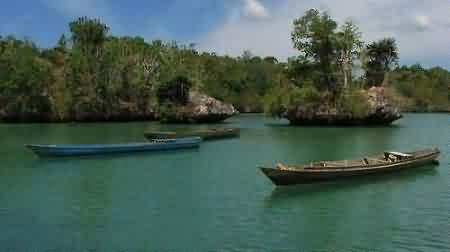Meat is tender and the portions are always known to be very generous. They are no slouch when it comes to their good chicken, grilled or baked, they were freed from their fresh form with a variety of whole spices and chili that can make a very good dining experience. The meat just melts the bones and spices and peppers that they use only the beautiful, the explosion of flavor in every bite. Then how can we forget the 'Egg industry know', one of the signature dishes of traditional cuisine of Indonesia.
There are also 'Garang Asam', which is a traditional seafood soup made with a collection of spices such as lemongrass, chills and spices like ginger and a whole host of spices to choose from. Look for 'Sate Seasoning Ducks and Pigs', in essence, the Indonesian version of 'satay' popular found throughout Singapore. I do not think there is enough space in this article for me to list all major Indonesian food that you can try all in one day. Prices range from $ 20 and can go much higher, but you will always get value for your money. With a rich flavor, generous portions and a variety of foods
And the best thing is that in all Indonesian restaurants I've been to, the service was excellent, staff friendly and attentive and I do not have a bad experience what so ever. If you are looking for a good Indonesian restaurant to go to for lunch or dinner, and want to experience a crash course in Indonesian culture and taste some excellent food to them, I would recommend going to a place in the city and areas like Clarke Quay and the River Walk .













